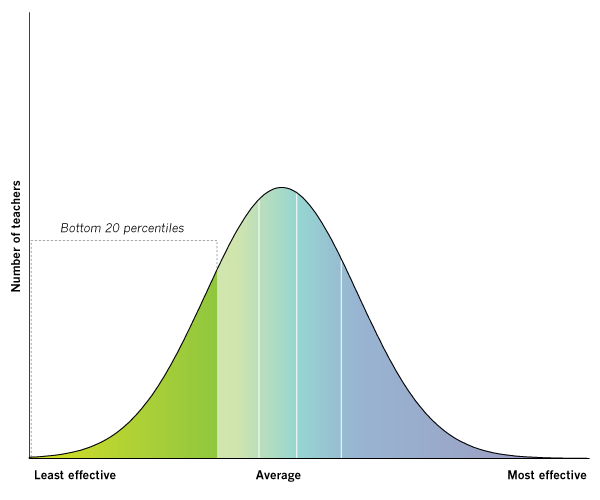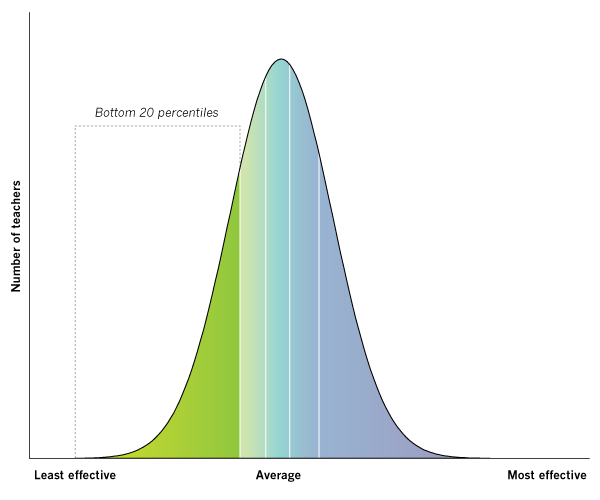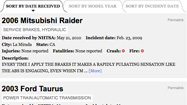Lisa Spencer Supanich
A 5th grade teacher at John B. Monlux Elementary in 2007
These graphs show a teacher's "value-added" rating based on his or her students' progress on the California Standards Tests in math and English. The Times’ analysis used all valid student scores available for this teacher from the 2002-03 through 2008-09 academic years. The value-added scores reflect a teacher's effectiveness at raising standardized test scores and, as such, capture only one aspect of a teacher's work.
Compared with other Los Angeles Unified teachers on the value-added measure of test score improvement, Supanich ranked:
- Least effective overall.
- Least effective in math. Students of teachers in this category, on average, lost about 10 percentile points on the California Standards Test compared with other students at their grade level.
- Least effective in English. Students of teachers in this category, on average, lost about 7 percentile points on the California Standards Test compared with other students at their grade level.
Supanich's LAUSD teaching history
2002-03 through 2008-09 academic years
- John B. Monlux Elementary, 2007 - 2006
Lisa Supanich's Response:

(First, a correction: I taught fifth grade at John B. Monlux Elementary for two years, 2005-06 and 2006-07. In April through June, 2008, I was a substitute teacher at Riverside Drive Elementary, in a Special Ed class of five children, none of whom took the CST. Therefore, I should not be listed as a teacher at Riverside. My comments on this subject are below.)
One factor that I have not seen emphasized in the discussion on this issue is the fact that teaching is a difficult profession, and that there is a learning curve. Unlike in other professions (law and medicine, for example), teachers in their first year are placed in a classroom the same as those with many years of experience, and are expected to perform to the exact same standards. While some teachers are "naturals", most need support during their early years. Many experienced teachers state that it took them 3-5 years to feel like they knew what they were doing; this was emphasized in a Times article earlier this year. Acknowledging this learning curve leads to questioning LAUSD's 2-year probationary period. It doesn't make sense to decide about tenure during a period when many teachers are still learning the ropes.
The fact is that new teachers are likely to be less effective than experienced ones. To make teaching desirable as a profession, the emphasis should be on providing effective, in-class support to help new teachers succeed. This would also support student achievement, which is the ultimate goal.
![]() The Times gave LAUSD elementary school teachers rated in this database the opportunity to preview their value-added evaluations and publicly respond. Some issues raised by teachers may be addressed in the FAQ. Teachers who have not commented may do so by contacting The Times.
The Times gave LAUSD elementary school teachers rated in this database the opportunity to preview their value-added evaluations and publicly respond. Some issues raised by teachers may be addressed in the FAQ. Teachers who have not commented may do so by contacting The Times.
|
|
 Delicious
Delicious
|
 Digg
Digg
|
 Facebook
Facebook
|
 Twitter
Twitter
|









